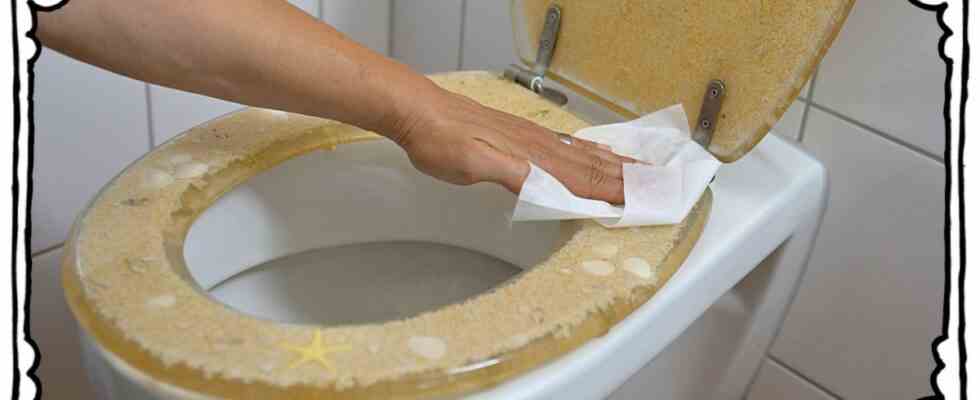As is well known, nature produces the best achievements – let’s take the Velcro fastener: We would have missed the ingenious alternative to shoelaces for children’s shoes if the Swiss engineer Georges de Mestral had not been annoyed about the seeds of the burdock fruit in his dog’s fur every time he went for a walk. Only under the microscope did the supposedly sticky things turn out to be tiny hooks that stubbornly got caught in everything that was soft.
In the mid-1970s, the German botanist Wilhelm Barthlott discovered a completely different effect on the lotus flower, on whose water-repellent, waxy surface not the slightest bit wants to stick. Manufacturers today use the so-called lotus effect for dirt-repellent paints, facade paint and other coatings.
This self-cleaning property is only surpassed by the slippery pitcher plants. The lazy carnivores lure insects and small rodents to the slippery edge of their flowers with the scent of nectar. There, their prey slips and plops straight into the digestive tract. Scientists at Pennsylvania State University have now adopted the aquaplaning tactic to develop a cleaner that saves water and cleaning agents. The task: to design hygienic toilets in developing and emerging countries, from the surfaces of which any dirt rolls off, even without flushing. The sprayed coating mimics the slippery texture of the pitcher plant, preventing bacteria and dirt from gaining a foothold.
It’s practical to let everything unwanted slip away. If it were that easy with everything – annoying words, for example. There is one species that is excellent at this and that cannot be assigned to either flora or fauna: teenagers have special ears from which admonitions roll off, even wandering in one way and out the other. unheard of.
Read previous episodes of the column here. You can find more good news here.

